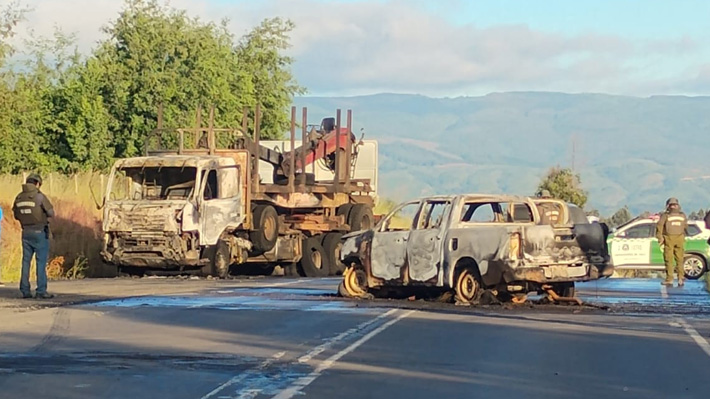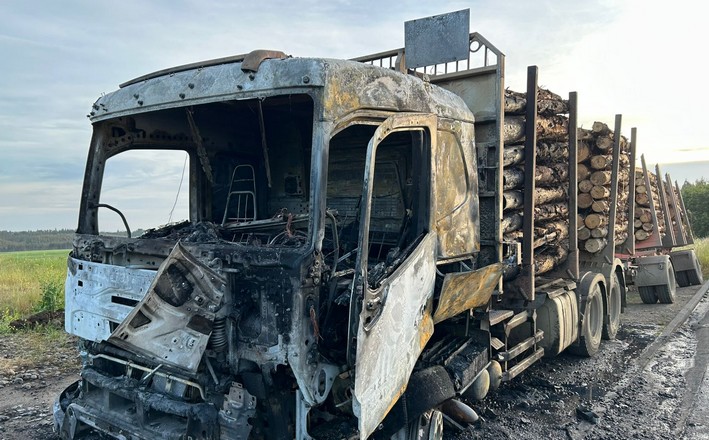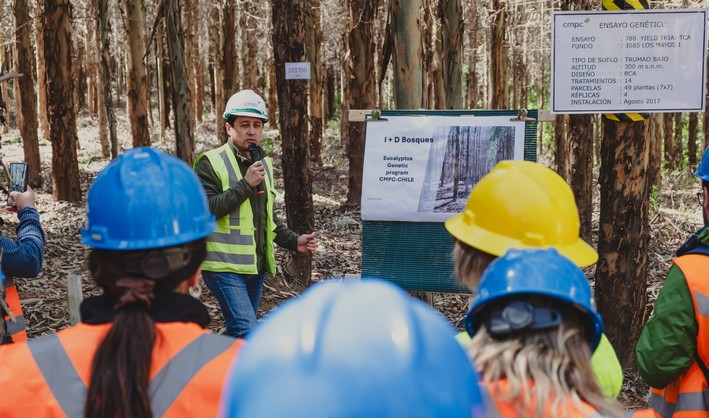Forestry Sector Crisis: Insurance Rates in the Industry Have Tripled Since 2022, and Current Availability Is Almost Nonexistent
- Several reinsurers have also chosen to exit the Chilean market and withdraw from forest-related risks, according to an analysis by GPS Corredores de Seguros. Another consequence of what some have called the industry's "retreat."
A severe crisis is hitting the forestry industry. According to figures from the Chilean Wood Corporation (Corma), the sector has shrunk by 14% in 10 years, with 700,000 hectares burned.
"Contractor companies in the sector have faced more than 400 attacks, many of which have led to the closure of those businesses," Juan José Ugarte, the guild's president, told El Mercurio last week.
By 2022, "we had about 2.3 million planted hectares, but data from the end of last year shows that this has now fallen below 2 million hectares," said Luis Felipe Gazitúa, president of Empresas CMPC, to the newspaper El Sur.
"If this does not change—referring to the sector's overall crisis—it will become increasingly less attractive to maintain this type of investment in Chile. We are a global company, and if conditions in Chile are not favorable, well, we will look elsewhere," he added.
Amid this industry "retreat," as some have called it, insurance rates have skyrocketed. According to an analysis by GPS Corredores de Seguros, rates have tripled since 2022. While rates previously ranged between 8 to 12 per thousand, they now stand at 25 to 30 per thousand.
"Today, the most important reinsurers—such as Munich Re, Transatlantic Re, and Swiss Re—have been exiting the Chilean market and forest-related risks," reveals Luis Alberto Alcalde, General Manager of GPS Seguros. "Amid this crisis, the only company providing coverage for this segment is HDI, with support from its German parent company."
"All this with coverage limits of up to approximately UF 200,000," adds Alcalde.
GPS Corredores notes that alternative solutions to traditional policies are emerging in the reinsurance market, such as parametric insurance, which sets one or more parameters and triggers a claim when damage occurs.
"The risk zones covered by the insurance are identified via satellite, along with a nearby certified weather station that monitors or validates the established parameters," concludes Alcalde.
Source:www.emol.com

















